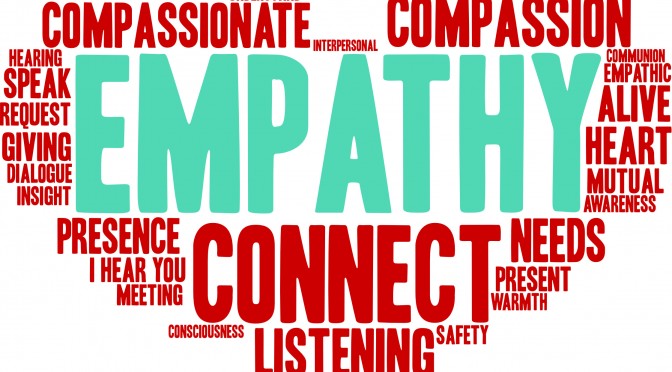In the past few days, the internet in my house has been down. That has meant no television, no recorded shows, and no entertainment of any electronic kind. My recourse was to watch DVD movies. I rented “A Beautiful Day in the Neighborhood.” In the movie, Tom Hanks embodies Fred Rogers, the personable, gentle host of “Mister Rogers’ Neighborhood.” The movie’s plot focuses on his relationship with a journalist navigating challenges with his family while demonstrating the power of caring and forgiveness. The film also shows the importance of being fully present for and making connections with people. For these reasons, it is the perfect movie for helping to understand how to get through this COVID-19 pandemic.
CONNECTING MISTER ROGERS AND CAREGIVING
How does Mister Rogers factor in? He knew the importance of connecting with others and how to help them feel important. He took the time to make a difference. Informal and formal caregivers are doing that now more than ever. Family members care for loved ones at home while balancing work and family priorities. Confined at home, they do not get much of a break. Care partners in the nursing home support their residents as routines change and family members are not allowed to visit. Care partners are going above and beyond their normal responsibilities to pitch in as needed to keep things running smooth, providing additional emotional support to compensate for the changes and restrictions.
For the caregivers at home and in the nursing home, you are not alone. The work you are doing is valuable and noble. Even if you are experiencing compassion fatigue, exhaustion, and trials, remember that you are making a difference. Thankfully, this COVID-19 quarantine will end, and the challenges today will be different tomorrow.
WORDS OF WISDOM
In the film, Mister Rogers helped to create an environment of forgiveness, which is important now and when the COVID-19 quarantine ends. As caregivers, we need to remember to forgive ourselves if we fall short of our expectations and when we take time for ourselves. One quote that is attributed to Mister Rogers is “You can’t really love someone else unless you really love yourself first.” It’s always true in caregiving, and it is especially important for caregivers to remember as we continue to go through the COVID-19 restrictions.
Kathy Dreyer, Ph.D., is the Director of Strategic Projects at AGE-u-cate® Training Institute, which develops and delivers innovative research-based aging and dementia training programs such as Dementia Live® and Compassionate Touch®, for professional and family caregivers; kathy.dreyer@ageucate.com



 In response to the emergence of COVID-19, the
In response to the emergence of COVID-19, the